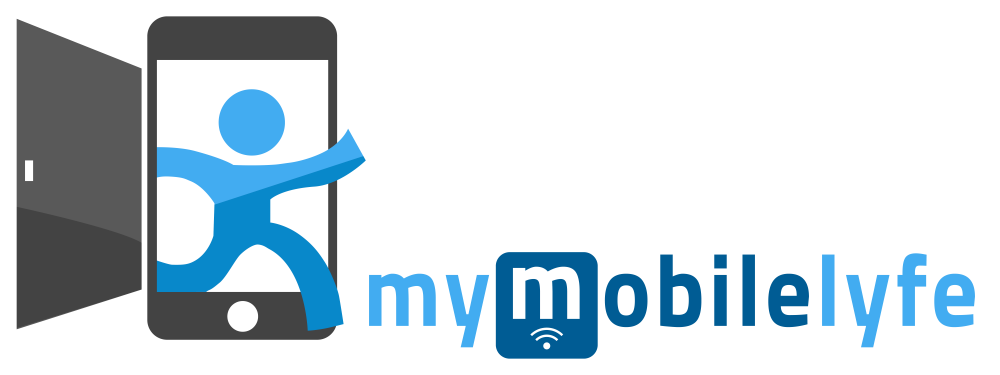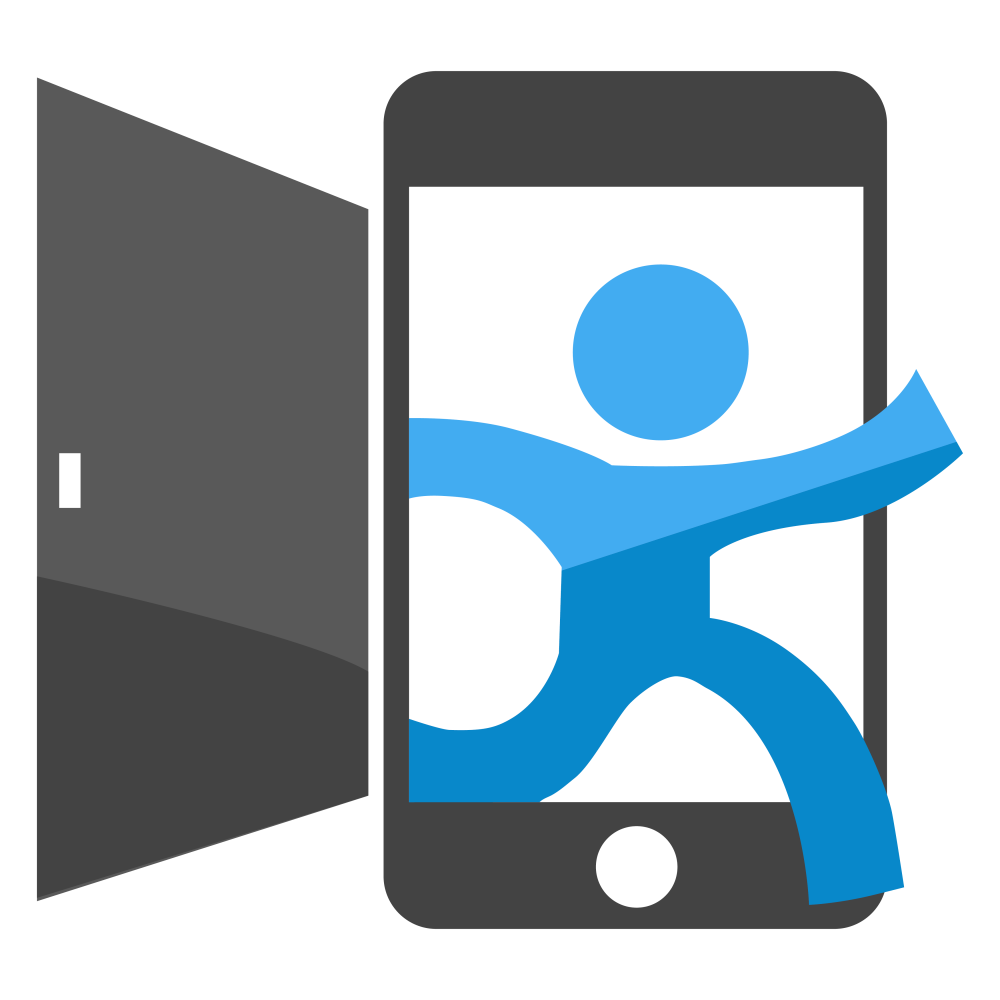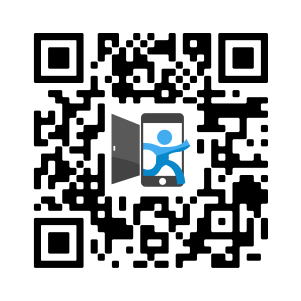 If you own a smartphone or tablet, you are likely using it to surf the Internet.
If you own a smartphone or tablet, you are likely using it to surf the Internet.
You’re looking for the best shopping deals, checking out the latest news, watching video content, interacting with others via social media. Let’s face it, the Internet has become essential when it comes to using our mobile devices like smartphones, iPads and tablets.
How essential is it? According to the Pew Research Internet Project, more than half of those surveyed say they cannot give up the Internet. Pew’s research finds that 53 percent of users would find it difficult to give up the Internet, compared with 38 percent in 2006.
It’s even harder to give up a cellphone or smartphone, especially if it has online access. According to Pew, 49 percent of cell phone and smartphone owners say it would be, at a minimum, very hard to give up their device, compared with 43 percent in 2006. Pew found that, among those earning $75,000 or more a year, 59 percent say it would be very hard to give up the smartphone or cell phone.
Pew also found that 1 in 10 users of the Internet would find social media very hard to give up. Think about that when you’re connecting with Facebook on your tablet or smartphone.
Not all of the results are tilted toward a mobile focus. Pew found that fewer people are more likely to give up their landline phones. The study revealed that 28 percent of landline owners say their phone would be very hard to give up, a major drop from 48 percent in 2006.







Recent Comments